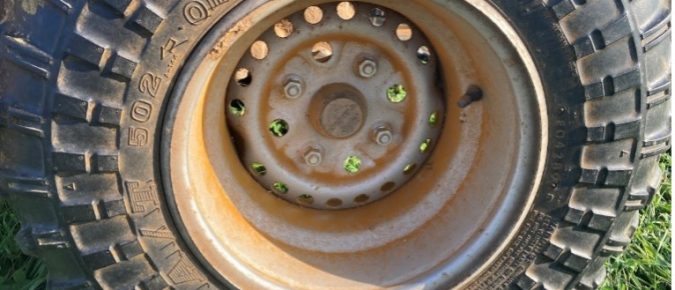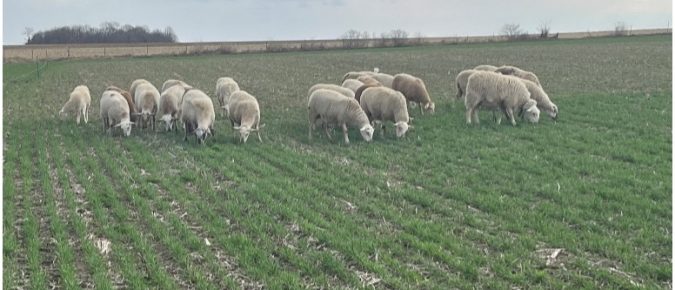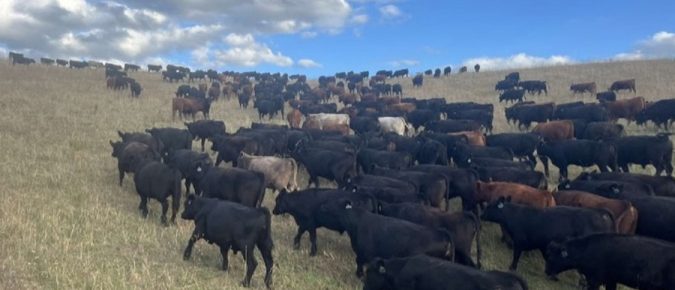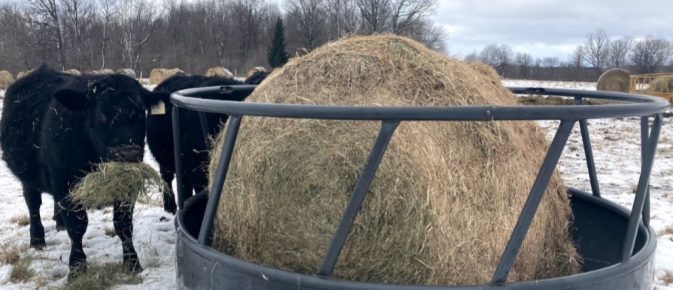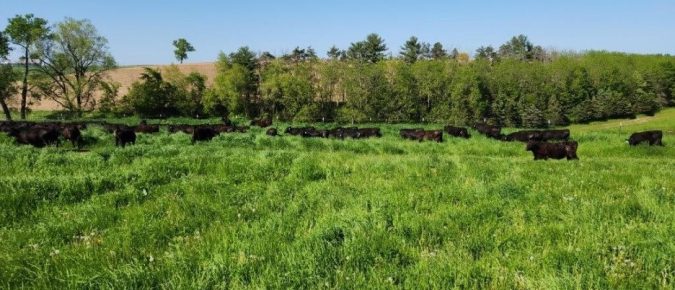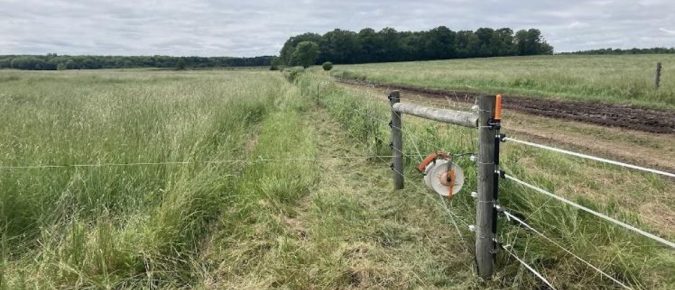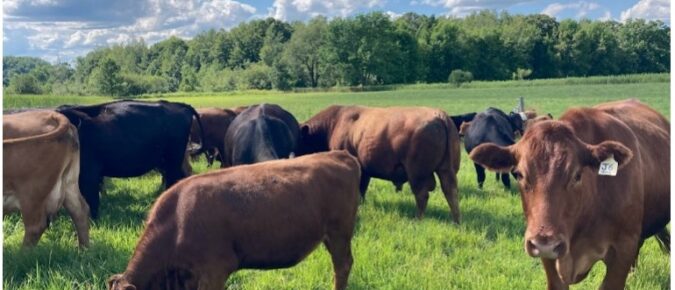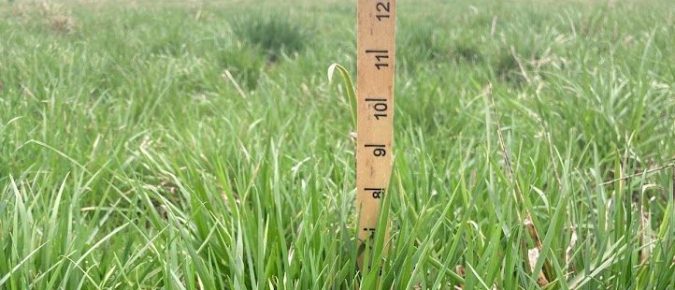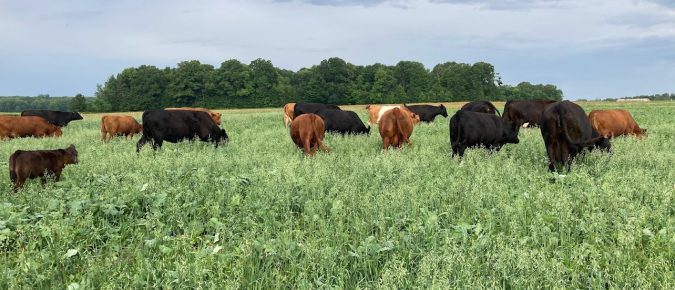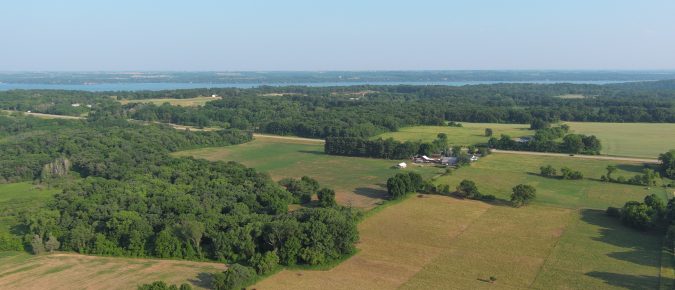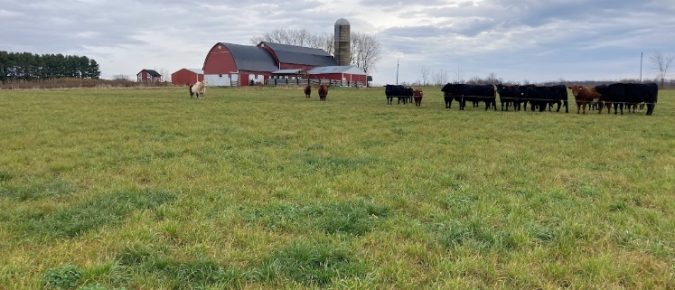Rusts are a fact of life in many temperate, cool season pastures, and there is no silver bullet for controlling it. It does have an impact on palatability, quality, and yield of pasture grasses, but impacts can be mitigated through a combination of cultural and mechanical practices.
Cover crops and annual forages provide the perfect opportunity for the synergistic integration of crops and livestock, reducing feed and fertility costs while providing the positive impact of forage crops and livestock grazing on soil health.
Identifying critical and sensitive areas of your farm and managing them accordingly, especially at sensitive times of year, protects surface water quality while maintaining a productive grazing system.
While legume longevity can be improved through grazing and fertility management, it is a common practice to reseed legumes every few years. This is often achieved by interseeding into established pastures by no-till drilling or frost-seeding. Each method has unique benefits and drawbacks.
In 2023, a grazing farmer network in northwestern Wisconsin was asked to identify the greatest needs for research. At the top of their list was the practice of winter bale grazing. We designed a research project that sought to answer some of their questions about the practice.
This fact sheet was designed to walk you through that decision-making process and assist you in selecting forage species that are compatible with your farm and complimentary to each other. While there are many great seed mixes that are commercially available, this resource is intended to empower farmers to develop an establishment plan that fits their objectives and design a seed mix that is tailored to their farm.
A great deal of the success in a well-managed grazing system is owed to the design of the fencing infrastructure. Especially in managed grazing systems where livestock are rotated frequently, a well-designed fencing system that accommodates rotational grazing can make or break the system.
Also commonly referred to as “stocking rate,” carrying capacity is the number of animals a parcel of land can support by providing adequate feed and retaining and recycling the nutrients they produce. In grazing systems, where livestock harvest their own feed and spread their own manure, carrying capacity is foundational to a long grazing season that results in healthy animals, healthy pastures, and a healthy ecosystem.
Managing forage inventory is a pivotal task on any grazing operation. A forage inventory involves monitoring how much forage is available at various points of the season, as well as projecting forage availability throughout the season to ensure the farm is on track to meet its production goals.
Variable corn stands, short hayfields, and parched pastures are par for the course with the drought this growing season. As a result, graziers are already dipping into stored winter feed, while hay supplies become increasingly limited and expensive.
Cool-season grasses are highly dependent on regular rainfall, with 1 to 1.5 inches a week needed for sustained optimal growth through the summer. While dry and hot conditions in July and August frequently result in a “summer slump”, longer periods of deficient rainfall can dramatically reduce pasture production. Poor management during drought can slow pasture recovery after the rain starts falling again.
A high-quality forage base is the foundation of every successful grazing operation. Good grazing management and attention to soil fertility are central to keeping pastures healthy and productive, but there are times when renovation is the best option for improving productivity or fixing problems in a pasture.

